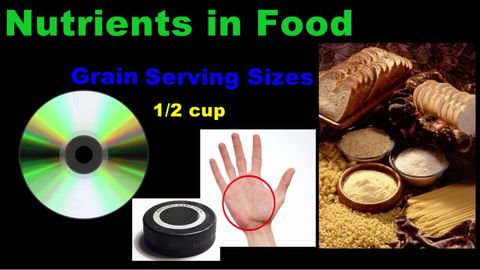
Subtitles & vocabulary
Nutrients, Choose My Plate, and Serving Sizes
00
Shepherd Liu posted on 2016/04/23Save
Video vocabulary
good
US /ɡʊd/
・
UK /ɡʊd/
- Adjective
- Proper, appropriate or right
- (Of an amount) enough; plenty
- Uncountable Noun
- Advantage or benefit
A1TOEIC
More serve
US /sɚv/
・
UK /sɜ:v/
- Verb (Transitive/Intransitive)
- To act in a particular position or office
- To hit the first ball to an opponent in tennis etc.
A2TOEIC
More protein
US /ˈprəʊˌtiːn/
・
UK /ˈprəʊti:n/
- Noun (Countable/Uncountable)
- Group of molecules made from amino acids
B1
More need
US /nid/
・
UK /ni:d/
- Transitive Verb
- To be unable to manage without something; require
- Noun (Countable/Uncountable)
- Thing you must have and cannot not have e.g. air
- Thing you must have and cannot manage without
A1TOEIC
More Use Energy
Unlock All Vocabulary
Unlock pronunciation, explanations, and filters
